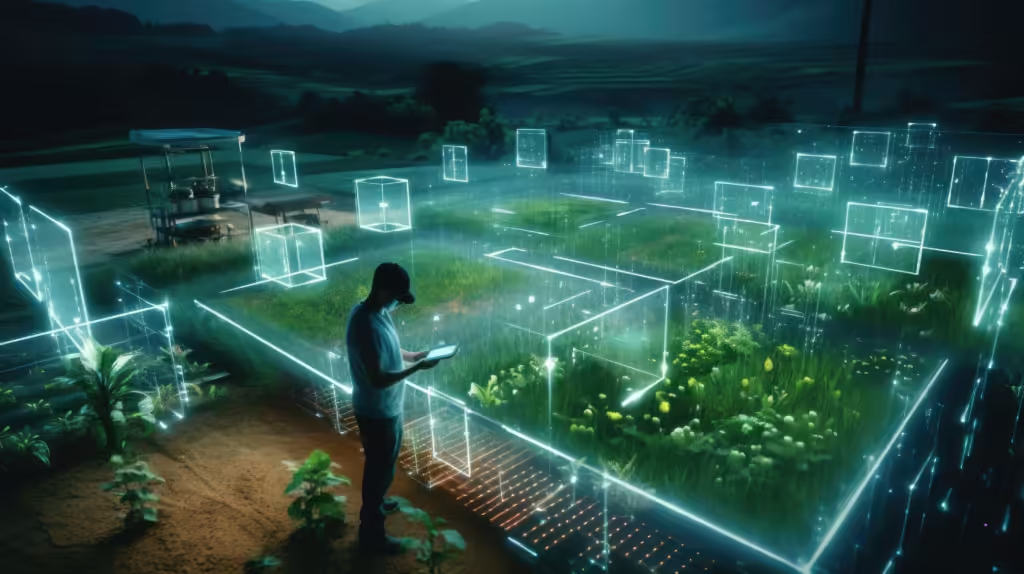Technology has become a transformative force for marginalized communities worldwide. With the rise of digital platforms, these communities now have tools to share their stories, advocate for their rights, and connect with others. Unlike before, when access to larger audiences was limited, technology allows voices from diverse backgrounds to be heard by the world. This shift has empowered many, giving them new platforms to express their experiences, highlight inequalities, and drive social change.
Importance of Amplifying Voices
Amplifying the voices of marginalized communities is essential in creating a fair and just society. These communities often face discrimination, exclusion, and lack of representation. By sharing their stories, they help others understand unique challenges, which fosters empathy and support.
Although, technology has made this amplification easier and more impactful, as social media, blogs, and video platforms reach people far beyond local circles. This expanded reach is crucial for driving conversations that lead to meaningful societal change.
Digital Platforms Giving Underrepresented Communities a Voice
Digital platforms have become essential tools for marginalized voices. Platforms like Facebook, Twitter, and Instagram give users an immediate audience, allowing them to share their perspectives directly. For example, activists from various communities use Twitter to highlight social justice issues, spreading awareness in real time.

Although, These platforms create a space where users can engage directly with allies, activists, and sometimes even policymakers.
Impact of Mobile Technology
Mobile technology has had a transformative impact, especially in regions with limited internet infrastructure. With smartphones, people can access information, connect with others, and share their perspectives instantly.
Additionally, Mobile applications are widely used to organize community events, spread news, and report injustices. This accessibility means that marginalized communities can connect and act wherever they are, without needing a physical meeting place or high-end technology.
Communities Use Technology to Tell Their Stories
Storytelling is a powerful way to share experiences, and technology makes it accessible to more people than ever. Through blogs, vlogs, and podcasts, marginalized communities can narrate their experiences in their own voices. This self-representation is crucial, as it helps eliminate stereotypes and misunderstandings.
Finally, It allows others to see their challenges, resilience, and culture firsthand, fostering a deeper connection between communities.
The Role of Podcasts and Streaming Platforms in Elevating Marginalized Voices
Podcasts and streaming platforms provide valuable spaces for authentic, long-form storytelling. Platforms like Spotify, Apple Podcasts, and YouTube allow creators from marginalized backgrounds to discuss their experiences, issues, and ideas in depth. These channels reach a global audience, enabling creators to share perspectives that might not be represented in mainstream media. By hearing diverse voices, listeners gain insight into the struggles and strengths of marginalized communities.
Tech Innovations Designed to Support Marginalized Communities
Innovations specifically designed to support marginalized communities are becoming more common. For example, language translation apps enable better communication across cultures, while assistive technologies aid people with disabilities. Platforms that support crowdfunding and community organization also play significant roles, as they help marginalized communities fund and execute projects that address their specific needs. Such tech-driven solutions are empowering these groups to tackle issues in new, effective ways.
The Future of Technology and Its Role
Looking ahead, technology will continue to be a vital tool for marginalized communities. With advancements in AI, virtual reality, and blockchain, there will be even more opportunities for expression and connection. For instance, AI can help make content accessible to those with disabilities, while blockchain could enhance transparency in social impact projects. These technologies have the potential to further dismantle barriers, creating a more inclusive future where everyone’s voice is valued.
Marginalized Communities Using Technology
Real-life examples highlight how marginalized communities use technology to make a difference. For instance, indigenous groups in the Amazon use GPS and drones to document environmental destruction. Activists in Africa use mobile networks to spread information on human rights abuses. These examples show how communities leverage technology not just for visibility but also for tangible, positive social impact, driving change both locally and globally.
Challenges Marginalized Communities Face
Despite these benefits, marginalized communities still face challenges in accessing technology. High costs, lack of digital literacy, and limited internet infrastructure can prevent people from fully utilizing digital tools. Even when access is available, certain platforms or policies may restrict the content that marginalized voices can share. These challenges highlight the need for increased digital inclusion efforts, ensuring everyone can benefit from technology.
How Technology Helps Marginalized Communities Connect Globally
Technology enables marginalized communities to connect with others around the world, creating networks of support and solidarity. Online forums, social media groups, and community apps allow people to share their struggles, solutions, and achievements with others who may face similar challenges. This global connection breaks down feelings of isolation, building stronger, interconnected communities across borders.
Empowering the Next Generation
Young people from marginalized communities are using technology to build a brighter future. Educational platforms, skill-sharing apps, and virtual mentorship programs provide resources that might not be accessible otherwise. With these tools, young people gain new skills, broaden their knowledge, and connect with mentors who understand their unique backgrounds. This support system empowers them to become the leaders and changemakers of tomorrow.

